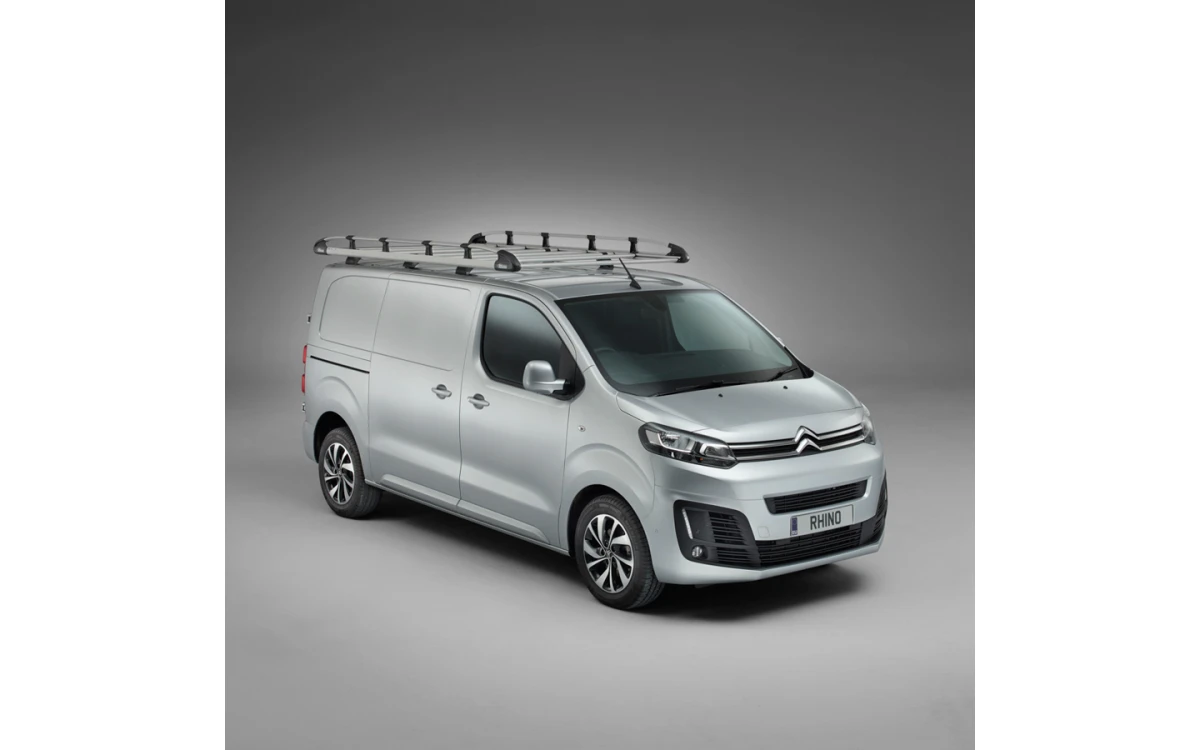If you’re in the UK, there are certain laws and regulations you need to follow when transporting loads on top of your van.
These rules are in place, to ensure that all loads travelling on top of all vehicles are securely restrained so that they can’t cause and damage or injury. This makes accessories such as load stops an essential part of carrying a load.
But do you need to use load stops on your van for every load and are they a legal requirement?
Below are all the answers you need about using load stops with your roof rack to secure your loads for transport.
What are Load Stops?
Load stops are an accessory that attaches to a roof rack or roof bars to prevent loads shifting when the van brakes or travels round corners. They enhance safety and make attaching a load to your roof rack more efficient and secure.
Why Load Security is Crucial:
When you are transporting a load on top of your van, the most important thing to check is how secure your load is. Van roof rack safety should be taken very seriously.
If your load isn’t secured properly, you could cause serious injury to yourself or others, damage to your vehicle (or other nearby vehicles), and loss and damage of equipment. You might also be breaking the law, meaning you could be prosecuted, receive points on your license or even get slapped with a driving ban.
Legal Considerations:
The Road Vehicles (Construction and Use) Regulations 1986 states that any time a vehicle is in motion, the apparatus being carried on the top needs to be secured in a way that it isn’t likely to become dangerous.
Load stops assist with complying to this regulation by providing extra stability for a load to help you ensure it won’t move. They are designed to be adjustable on your roof rack so they can be positioned to accommodate different sized loads.
Section 40A Road Traffic Act 1998 also covers the transportation of loads by stating that it is illegal to use (or cause anyone else) to use a vehicle that is in dangerous condition. A poorly secured load would be considered dangerous condition, so properly securing loads is a must.
Health and Safety at Work regulations also have stipulations that workers should be in a safe work environment. Travelling with an unsecured load would mean that you're in breach of these regulations.
The Role of Load Stops:
The role of load stops is to provide an extra layer of protection alongside roof racks and roof bars to stop any movement or shift in load that’s being transported. They work in conjunction with roof racks and bars and lashing straps to essentially clamp the side of the load and prevent lateral movement.
Load stops will secure a load more effectively than simply tethering it down. They are fully adjustable so can be moved into a position that won’t allow for any side-to-side movement of the load they are supporting.
How to Access Van Specific Parts and Accessories:
The best way to access Van-Specific Parts and Accessories is to visit out homepage and find the make of your van and select the model from there. This allows you to browse products and accessories that will fit the specific make and model of your vehicle.
You might be interested in other accessories that secure loads. For example, if you’ll mostly be transporting ladders on the top of your van, ladder clamps might be the best option for you.
Likewise, if your load is often made up of copper pipes, you might be better off with a pipe tube.
Best Practices for Using Load Stops:
Load stops are relatively straightforward to use but there are some considerations.
Firstly, you need to ensure you’ve chosen the right load stops. Before purchasing them, just check that they are compatible with your roof rack/bars.
Once you’re satisfied that you have the correct equipment, position the load stops on the rack. They are designed to be adjustable, so you should be able to move them to where you need them.
When they’re in the right position, tighten them so they won’t move. It’s best to double check the position is holding the load securely. Once the load stops are tightened, you should check that they’re secure and that there’s no room for movement.
You should be using lashing straps with your roof rack and load stops to further tether down the load an eliminate and chance of movement.
It is important to maintenance checks on all equipment, including your load stops. Make sure that they have not been subject to too much wear and tear over time. You should also check for signs of damage and make sure they haven’t become loose. It’s essential that they can continue to secure a load without there being a risk of movement.
In Conclusion:
Due to the very strict rules and laws in the UK, it’s best practice to use load stops when transporting anything on top of your van.
Load stops will work in conjunction with your roof rack to keep a load steady and prevent it from shifting in any direction when the van brakes or slows to take corners. This extra safety measure will give the van driver peace of mind when transporting loads from A to B and massively reduce the chance of the load becoming loose and dangerous.
At Rhino Commercial, we'll help you find the van accessories that are right for you. From storage solutions to durable roof racks, we have everything you need to enhance your van’s efficiency and maximize your workspace. Browse our store today to find the perfect fit for your van’s make and model.


















